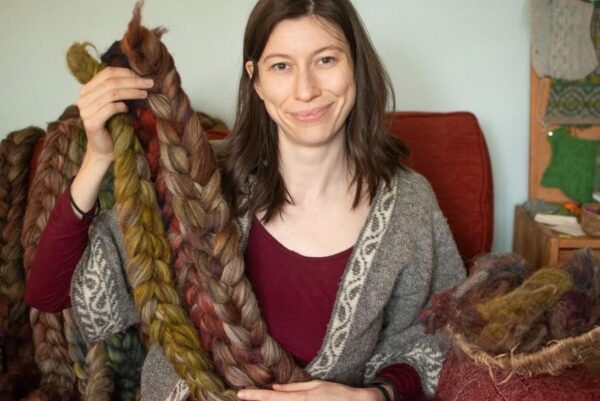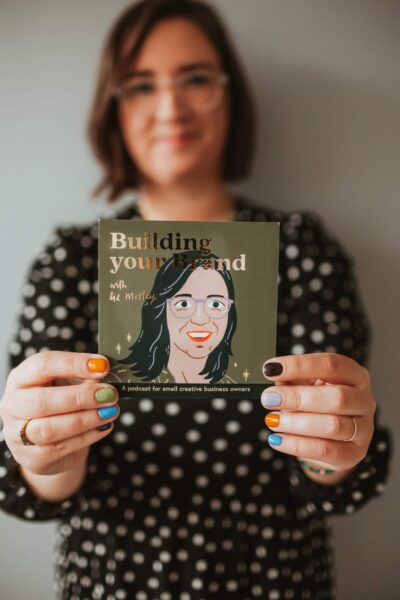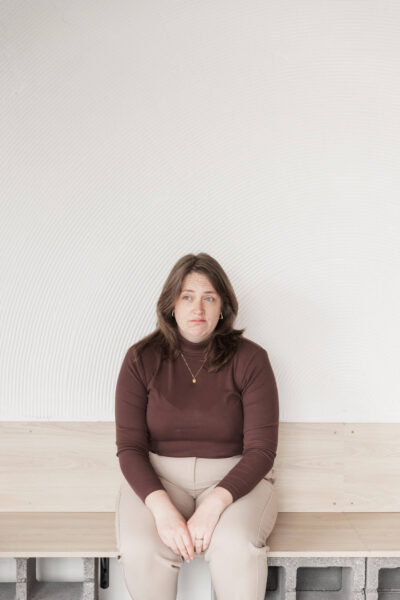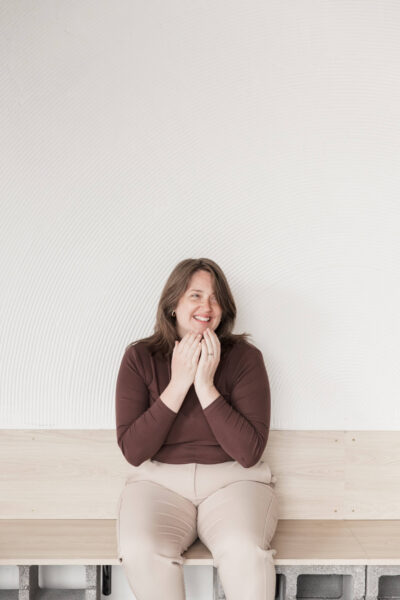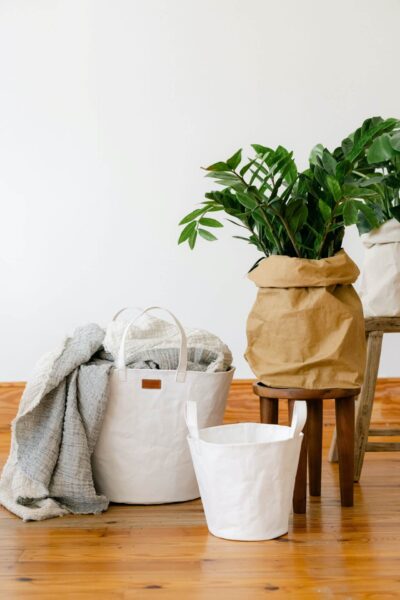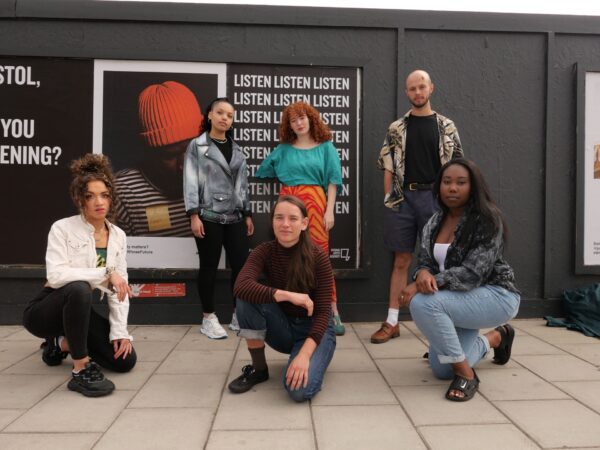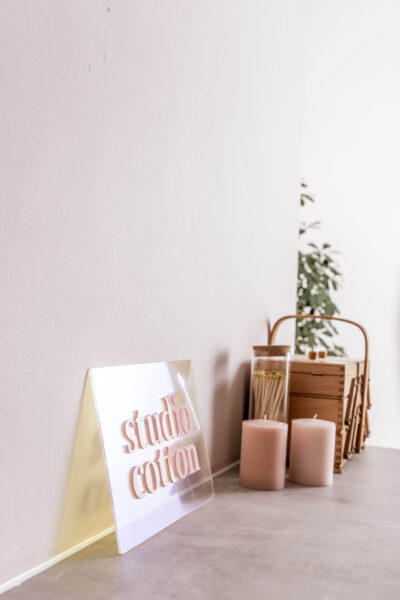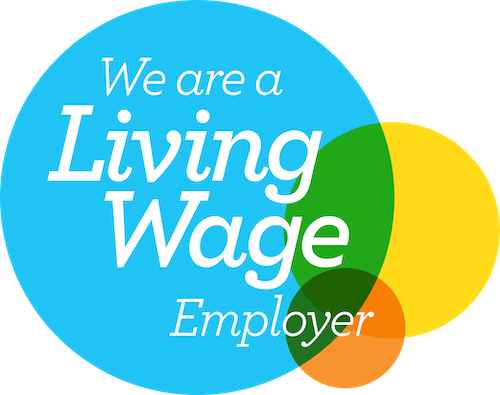It’s just over one month since I started writing my annual review of our eighth year of business. I totes missed my target of getting all of these blog entries out within a couple of weeks, which was utterly predictable.
We’ve covered the high highs and the low lows at my web design company, Studio Cotton – and now it’s time for everything in between.
These are milestones, moments, and musings – the kinda things that have stayed on my mind, but didn’t quite fit into the previous sections. So let’s dive in.
Losing big projects as we’re too cheap
At Studio Cotton, we’ve always kinda floated between two types of competitor – web design freelancers (usually solo businesses), and full-fledged marketing/web agencies, akin to those where I fluttered up the ranks in my pre-self-employed life.
We can develop deep, trusting relationships with our clients and we can offer their projects the level of people-to-people attention of a solo freelancer.
And, we have the advanced technical capabilities of a much larger agency, paired with a breadth of expertise and experience in the more niche or neglected areas of business web design like user experience (UX), search engine optimisation (SEO), and website accessibility.
But right now, we’re a buttload cheaper than those agencies, and I think it is costing us projects.
As an example, when perusing our competitors who also work with independent businesses, I came across some website packages that were almost identical to those that we offer – except the competitor pricing was literally over 2,000% higher than ours.
That’s not a typo. I did the maths like 6 times. Two thousand percent higher.
The big issue here is that if our dream client is sat in a local coffee shop, sipping on ice lattes and reviewing 3 quotes from us and two of the bigger agencies – we look suspiciously cheap.
I probs wouldn’t trust a builder who estimates 50% less than their well-reviewed competitors, so how can I expect our potential clients to not judge our lower pricing?
Our pricing could be hindering, and might not be helping
I love a bit of over-sharing, hence this whole darn series. “So how did we land on our current pricing?”, you might be thinking.
Well, the first thing to admit is that for the past 8 years, I’ve been actively working to price our services as low as possible with the goal of making website help from Studio Cotton accessible to as many businesses as possible.
It ain’t working.
Well, it is because my business is still in business, but as you might’ve read in the low lows & losses edition of this short blog series, I burn out all the time, our quiet periods still scare the socks off me, and I don’t have the flexibility to prioritise the kinda tasks I really adore.
What’s more, our website pricing just isn’t accessible to most small businesses. Even if we estimated our websites at cost-price, we would be unaffordable to a buttload of solo, start-up and small businesses.
So basically – our pricing might be losing us projects from businesses with a larger budget, and our prices aren’t low enough to pick up a significant number of smaller businesses either.
I’ve lost sight of how I can help the most business owners
So let’s say we keep our prices where they are, and once a year we get an extra project from a lovely business owner who can just about afford us.
That’s one extra business I can help per annum.
Or, we can increase our prices to allow us to hire more people, and grow the team in a way that massively reduces my web design workload.
I can create way more blog content, guides, Instagram carousels, host more events, pitch myself to podcasts and talks, and spend more time in our mini Slack membership (the Studio Cotton Clubhouse).
As well as being a big injection into our marketing & PR, it also means helping hundreds, or possibly even thousands of independent business owners. So I am proper kicking myself for not making a change sooner.
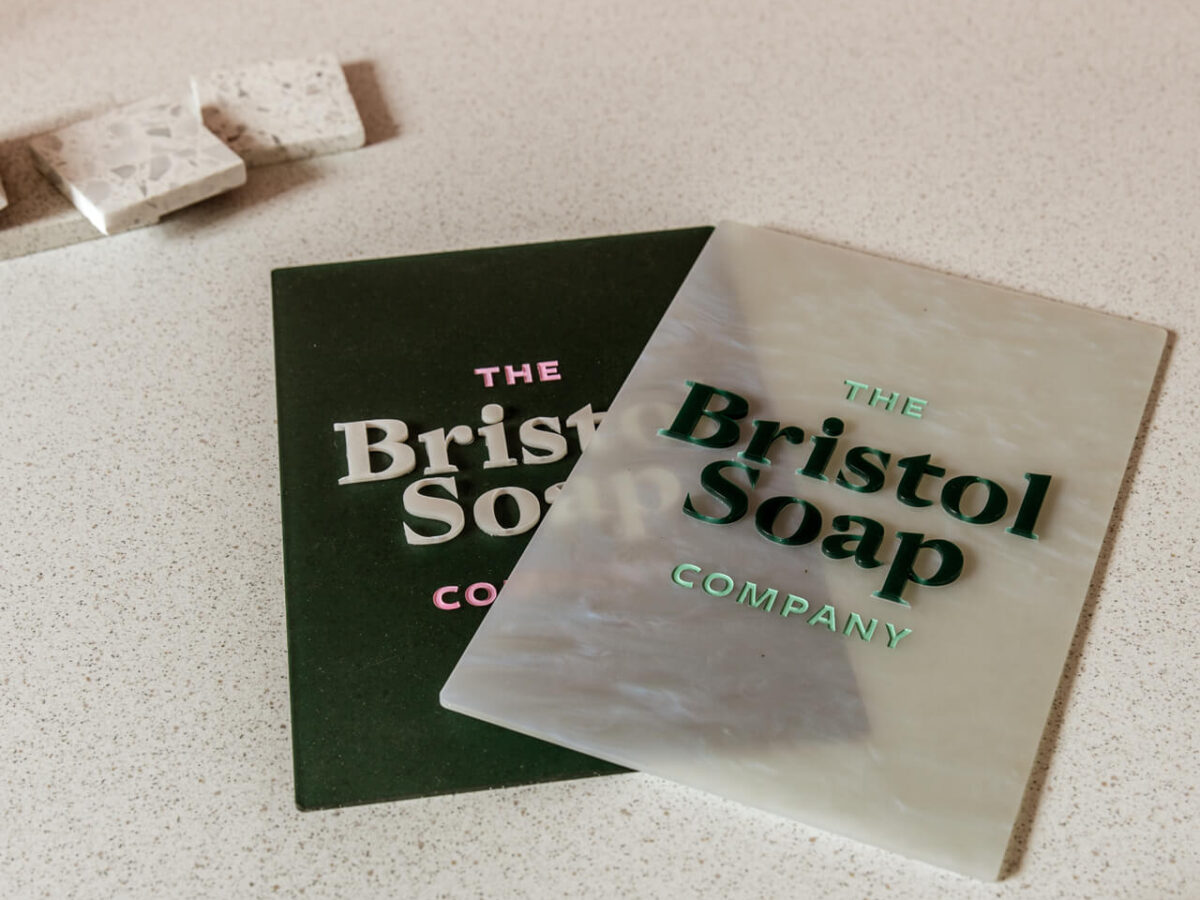
Post website launch aplomb
Right, let’s be done with pricing for a wee bit – that was getting a bit heavy. Instead, let’s talk about what we do when we launch a new website for a client. Here’s the list:
- Nothing, really
Pre-pandemic, when Studio Cotton offered branding as well as web design, my favourite part of our brand identity design project was the gift box we’d post to clients after sign off.
This cute selection included printed brand guidelines with heaps of advice for making the most out of their new design assets, as well as a few treats like these laser-cut signs we created in collaboration with the wonderful Yay Rae Flay.
It felt like the natural culmination of the project, and gifting something tangible meant our clients could immediately start decorating their workspace with their budding brand identity.
But what the fluff do we gift at the end of a web design project? No, seriously. I need your ideas.
I wanna add some pomp and circumstance to the website go live, and all year my brain ain’t been able to think of something that is websitey, touchable, and useful for years to come.
If you have any suggestions, I am gagging for you to DM me on Instagram.
The game changer of flexbox containers
Prepare yourself – we’re getting into a very dry entry in this blog article.
We build our small business and podcast website using a WordPress-based tech stack – but right now I just wanna talk about our fav visual page builder, Elementor Pro.
In short, when creating pages and templates on our websites, Elementor allows us to create a structure using horizontal sections and vertical columns, and then populate that structure with content building blocks called widgets. Or elements. It does like to switch up nomenclature.
At least, that used to be the case. A lil while back, Elementor started rolling out the next generation for creating that structure; replacing sections and columns with flexbox containers (and grid containers).
I gave the new containers a try early on and HATED them, so avoided switching over our web design process.
Rather recently though, we took on a partial website rebuild for an Elementor website that had already made the switch over to containers, so I had to get on with it.
And oh my days. The interface is not only a billion times more intuitive, but it’s just unlocked so many more design options and meant that we’ve scrapped a whole heap of compromises that I’m not sure I was even consciously making.
The biggest benefits are just how much quicker, easier and more creative it is to optimise our websites for mobile, and flexbox containers also use less code to do the same job as sections and columns. Less code = faster websites = even happier Google.
My kinda personal crusade against spec work
Spec work is a scourge on creative industries, and something I’ve been writing about and campaigning against for years.
Spec work is any type of labour completed without market-rate compensation, in the hope of future benefit/payment. If you wanna read longer versions of this, check out my articles on Spec work: an icky practice exploiting creatives and How the WECA logo design competition exploits and devalues creatives – and defo bookmark the nospec.com website.
It is particularly prevalent within creative industries, which massively impacts small businesses.
For example, let’s say a well-known brand runs a competition to design a tote bag that they’ll then sell in their shop, and the ‘winner’ gets £500.
- 100 people enter, spending 5 hours each on their design. That well-known brand has just set the value of creative work at £1 per hour (100 people x 5 hours/£500).
- 99 people also did the exact same job as the winner, and got paid £0
- The well-known brand got to crowd source their product, allowing them to skip the concepts & iteration stages of product development, allowing them price lower OR enjoy a larger margin over every tote bag seller
- The well-known brand gets paid. The tote bag manufacturer gets paid. The printer gets paid. The postal service gets paid. The energy companies got paid. I’m sure a bookkeeper or two got paid. Everyone gets paid apart from 99 people providing the creative labour. Every time.
So it’s gross, and it’s not a secret. It’s been a serious issue for the 15 years I’ve worked in creative industries, and for decades before. Which leads me to…
That Instagram post
About twice a year, I come across another egregious example of spec work and use my Instagram audience to highlight the icky practice with a real-life example.
This most recent experience came from a chat with my friend, collaborator, and photographer Georgia de Lotz, who was asked to perform creative labour without compensation for a well-known brand owned by the self-styled Queen of Small Business, who I’m gonna call Qosb for the rest of this post. Check the post below for the rest of the story.
So rather than recount the original story, I wanted to chat about the aftermath, or the during-math?
This post got way more attention than I could have predicted, reaching over 30,000 people, garnering nearly 1,000 comments, generating more DMs & shares than I could keep up with, and from what I’ve been told – being the subject of every small business WhatsApp group chat for a whole weekend.
I lost a lot of sleep the night before it went out – worrying about all the backlash as Qosb has a lot of influence and hardcore fans in my small business community.
However, the only negative responses I received were a couple of kinda terse comments which came through after the post had died down.
A lot of people had asked if I’m ok – which I totally am.
I did (apologies for the incoming français) poop my M&S full briefs when Qosb released a secret statement or “Message from Me” that only went to the brand’s insiders, misrepresented the situation, and used language like ‘slanderous’.
After this, I made the decision not to enter into any further discussion with Qosb. It didn’t feel safe or professional, so I sent over a heap of spec work advice (which I then turned into a follow-up post on Instagram) and used ChatGPT to help me turn “Be better” into a more business-appropriate email sign off.
Oh, and that Message-from-Me statement also proudly said that the well-known brand had now agreed to pay their photographers a “very small fee” for their labour.
Just in case they do ever read this – a very small fee isn’t market-rate, and it very much still spec work. Please, be better.
Whilst I was sad that I couldn’t convince the Queen of Small Business to say a firm tatty-byes to spec work, and perhaps even join my quest to ensure every creative is fairly compensated for their labour & products – I sadly always thought it was a long shot.
What matters is that I achieved my goal of highlighting spec work, and hopefully prompting the thousands of business owners who saw my post – and saw the hundreds of similar stories in the comments – to confidently advocate for getting paid for their work.
That’s a huge win.
Stuff I am still bad at (and want to get better)
Here’s just general bits from the last year that, as a founder, pisses me off about me
- Communication: Aime, you sausage – just tell people when you’re snowed under and things are gonna be a few days late, or a feature might have to wait.
- Pitching proactively: Aime, just send the email as soon as you spot the opportunity – we both know you’re unlikely to circle back to it later.
- Work/life balance: Aime. The only way to get more life is to work less, so ya need to make some changes.
Stuff I am still bad at (and am cool about for now)
And here are some general bits that, as a founder, I know I could be better at but I’m at peace with.
- Showing up on Instagram: I know talking to camera and sharing more personal content will increase engagement and reach, but right now it’s not my cuppa.
- Selling: I’m not a great saleswoman, but I think I’m pretty effective communicator and a baller marketeer, so the selling can sit on the back burner for now.
- Event consistency: This will totes be fixed when I’m building fewer websites, right?
So that’s part three of my annual report – I still have a couple to go, and hopefully will get through them all before the start of our ninth year. In the meantime you can check out all the entries in this short series on the Studio Cotton blog.

